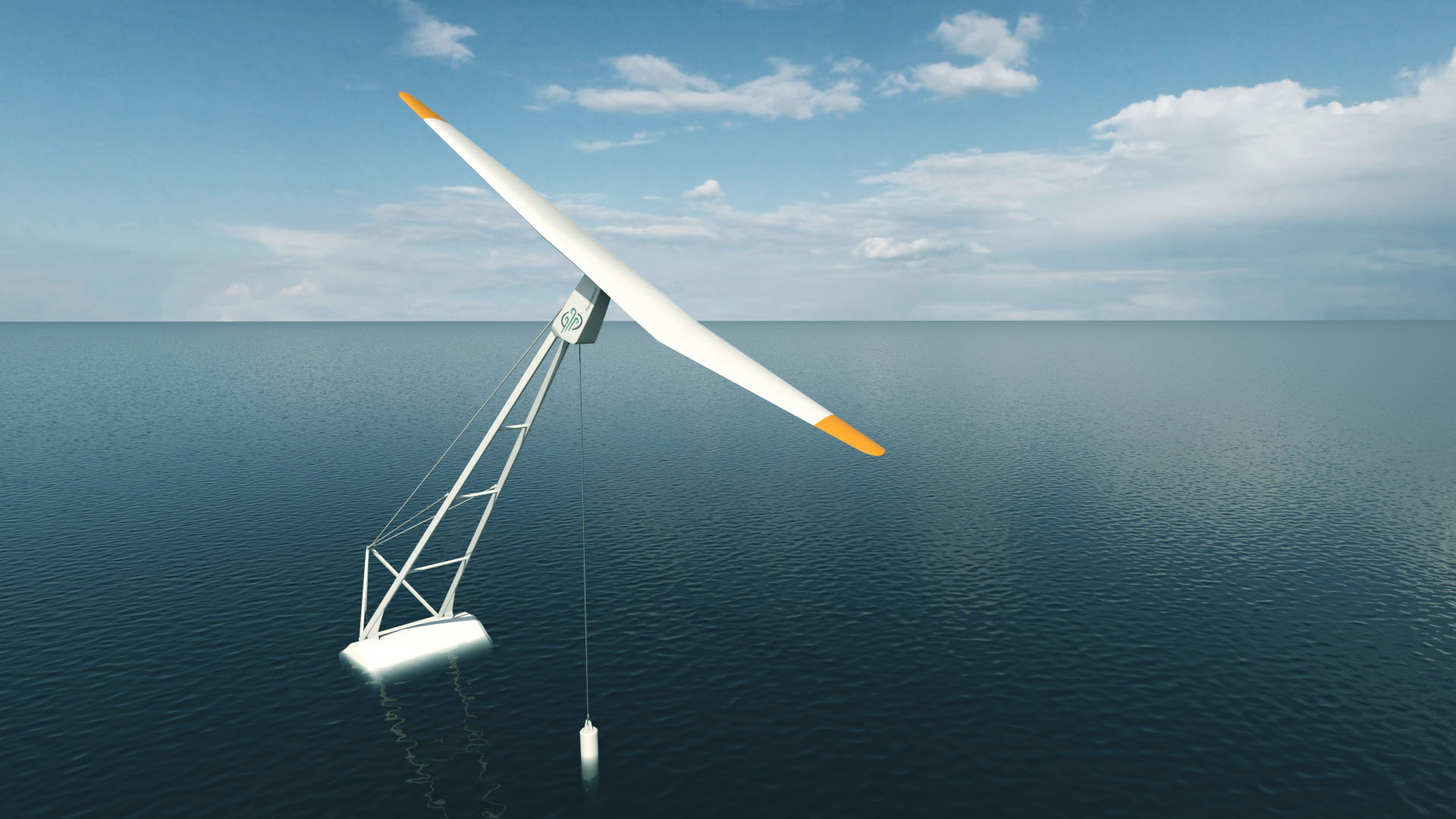
The Dutch company Touchwind recently presented a wind turbine with just one gigantic rotor blade. The system can tilt and is intended to compensate for many of the disadvantages of classic offshore systems.
Many companies continue to rely on wind turbines and solar parks to advance the energy transition. While solar systems convert solar radiation into energy, there are always controversial discussions about wind turbines. After all, such a structure usually stands out from the landscape and quickly leads to considerable noise pollution.
It is therefore by no means unreasonable that the operators of such systems see greater potential on the high seas. Offshore systems are built near the coast and cause little disruption. But this type of wind power also has its downsides. Because offshore systems are more expensive to maintain and operate.
With just one rotor blade: a tilting wind turbine produces an output of 12 megawatts
There are several reasons for this. On the one hand, construction takes place under difficult conditions. In addition, technicians need significantly more time and protective measures to maintain the systems. Added to this is the resilience of the systems. Offshore wind turbines often simply switch off at wind speeds of over 90 kilometers per hour in order to protect the mechanics.
The Dutch company Touchwind would like to solve these problems soon. With a tilting wind turbine with just a single rotor blade. This is 200 meters long and ideally has an output of twelve megawatts. Due to the inclination of the design, mechanical parts to change the angle of the rotor blade are no longer required.
Wind strength determines the shape of the structure
When there is no wind, the rotor blade lies almost on the surface of the water. Only a buoy connected to the structure provides the necessary stability. If wind comes up, the system slowly stands upright. The higher the speed, the more vertically the structure rises into the sky. This also has a positive impact on the durability of the system.
Because the structure is standing, the area exposed to the wind is automatically reduced. The rotor blade rotates more slowly and puts significantly less strain on the wind turbine and the buoy. The manufacturer allows operation at wind speeds of up to 252 kilometers per hour. After an initial test phase, the company plans to soon use a model with a diameter of six meters. However, it is currently unclear when a model with a rotor blade with a length of 200 meters will be available.
Also interesting:
Source: https://www.basicthinking.de/blog/2023/09/21/neigendes-windrad-ein-rotorblatt/


